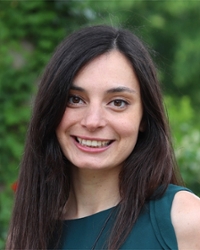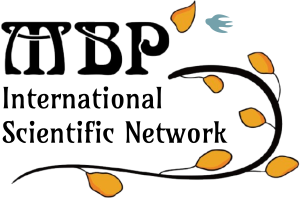MBP International Scientific Network

Irene REGENI
Postdoctoral researcher
Research Activities
The underlying idea of my proposed research line is to realize metal-mediated peptide assemblies compatible with biological environments (solubility, stability, cell penetration properties, selective recognition of biological functionalities) as well as sustainable catalysis applications. The general design of such structures merges years of development in the field of coordination driven self assembly, specifically by engineering the coordination sphere and donor groups, together with the high modularity and versatility of peptides that serve as the organic ligands. The resulting architectures will be soluble in water and stable under biological conditions and their spatial dimensions will still be suitable for structural characterization on the atomic level (NMR, HR ESI MS, X Ray crystallography, and spectroscopy methods). The metal nodes, in addition to their structural role, can bring highly tunable photo and redox properties which are of practical importance for light promoted processes and catalytic applications. The peptides are chiral building blocks which will allow a fine adjustment of the rigidity, hydrophobicity, charge, and functionality of the structures.
My current Postdoc position focuses on developing Ru(II)-polypyridyl peptide bioconjugates for photoactivated chemotherapy.
Expertise
supramolecular coordination chemistry; synthetic chemistry; photochemistry; cell studiesResearch Areas
Supramolecular & Materials ScienceAffiliations
- ISIS Strasbourg Strasbourg, France
